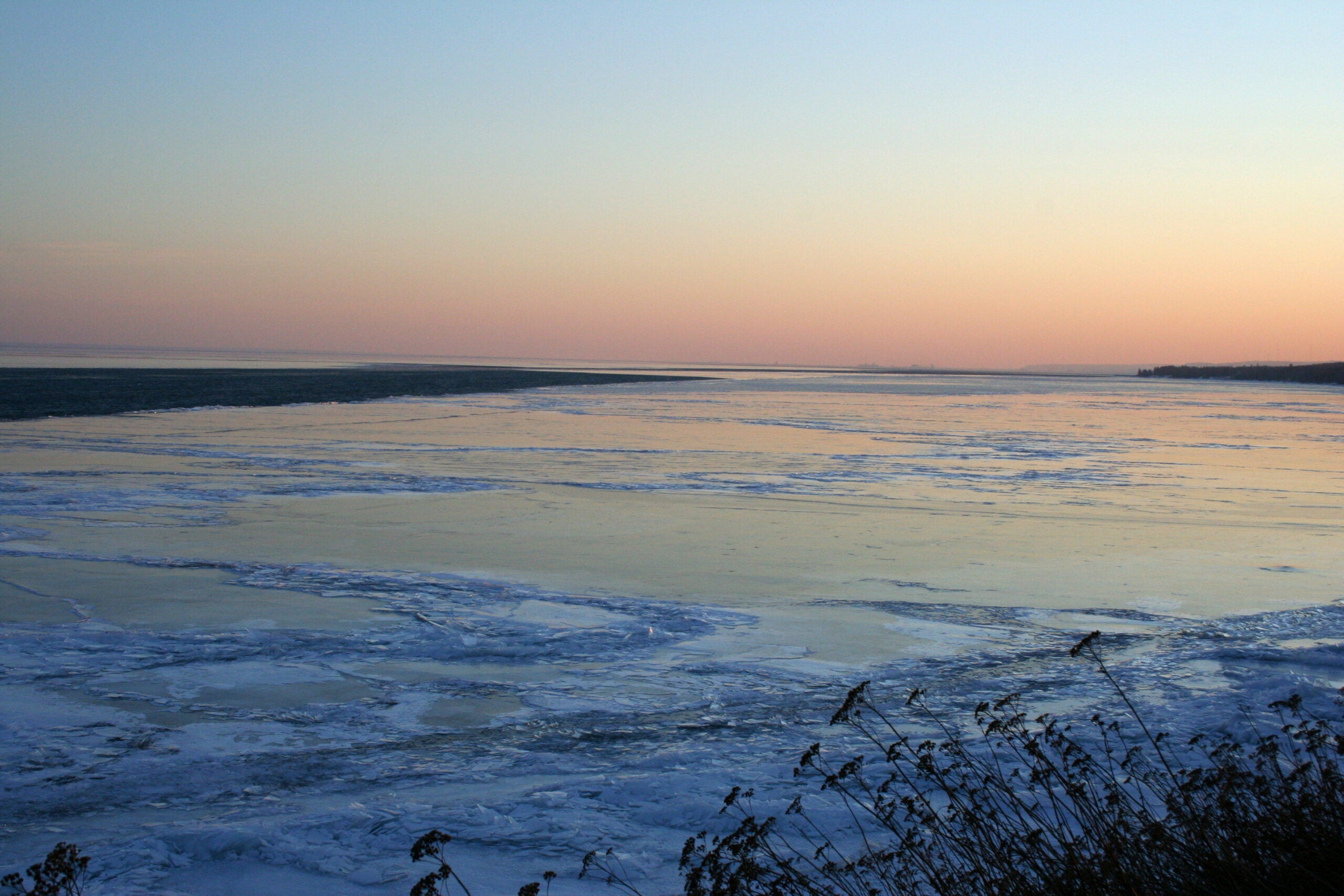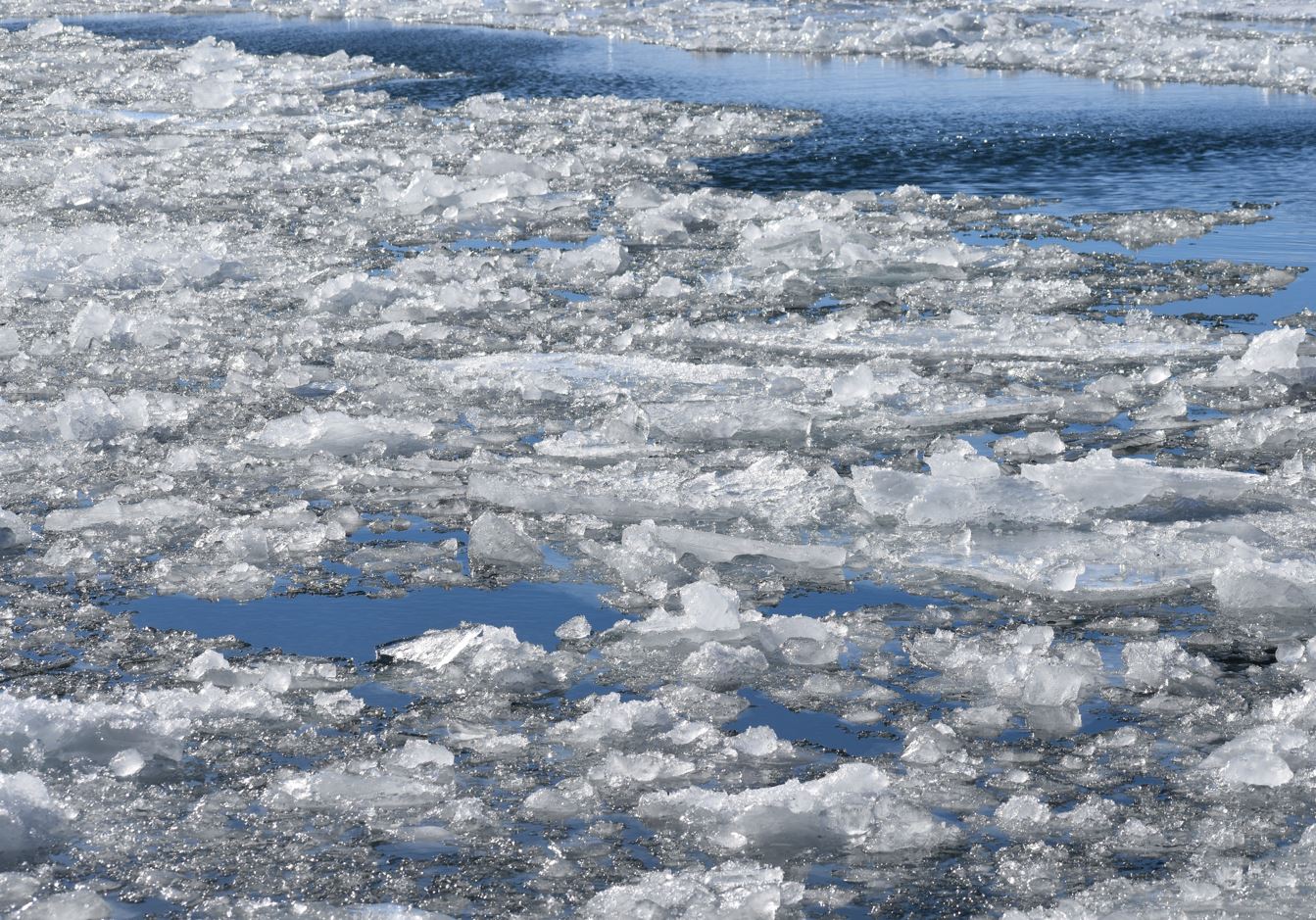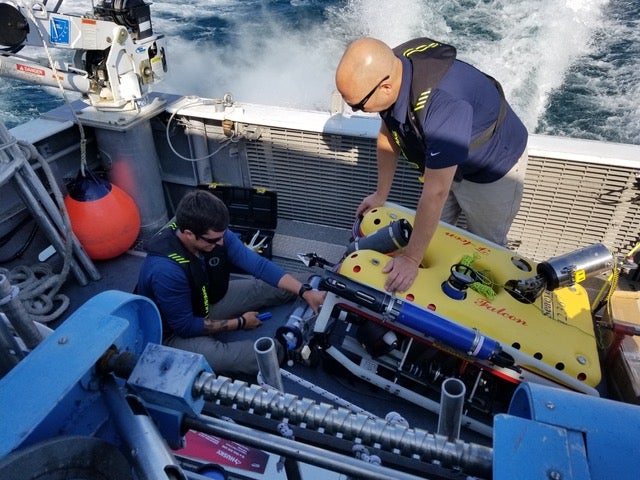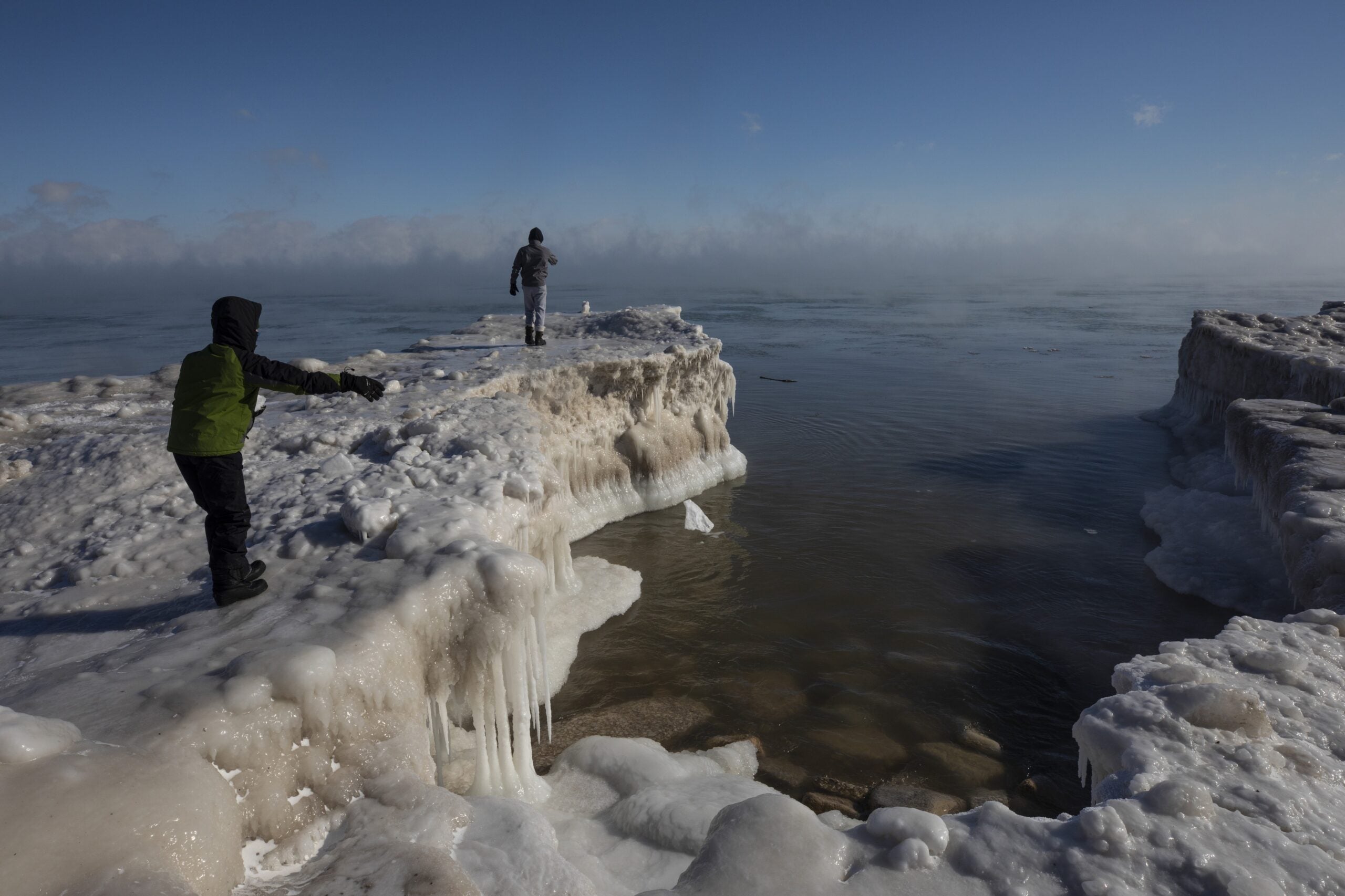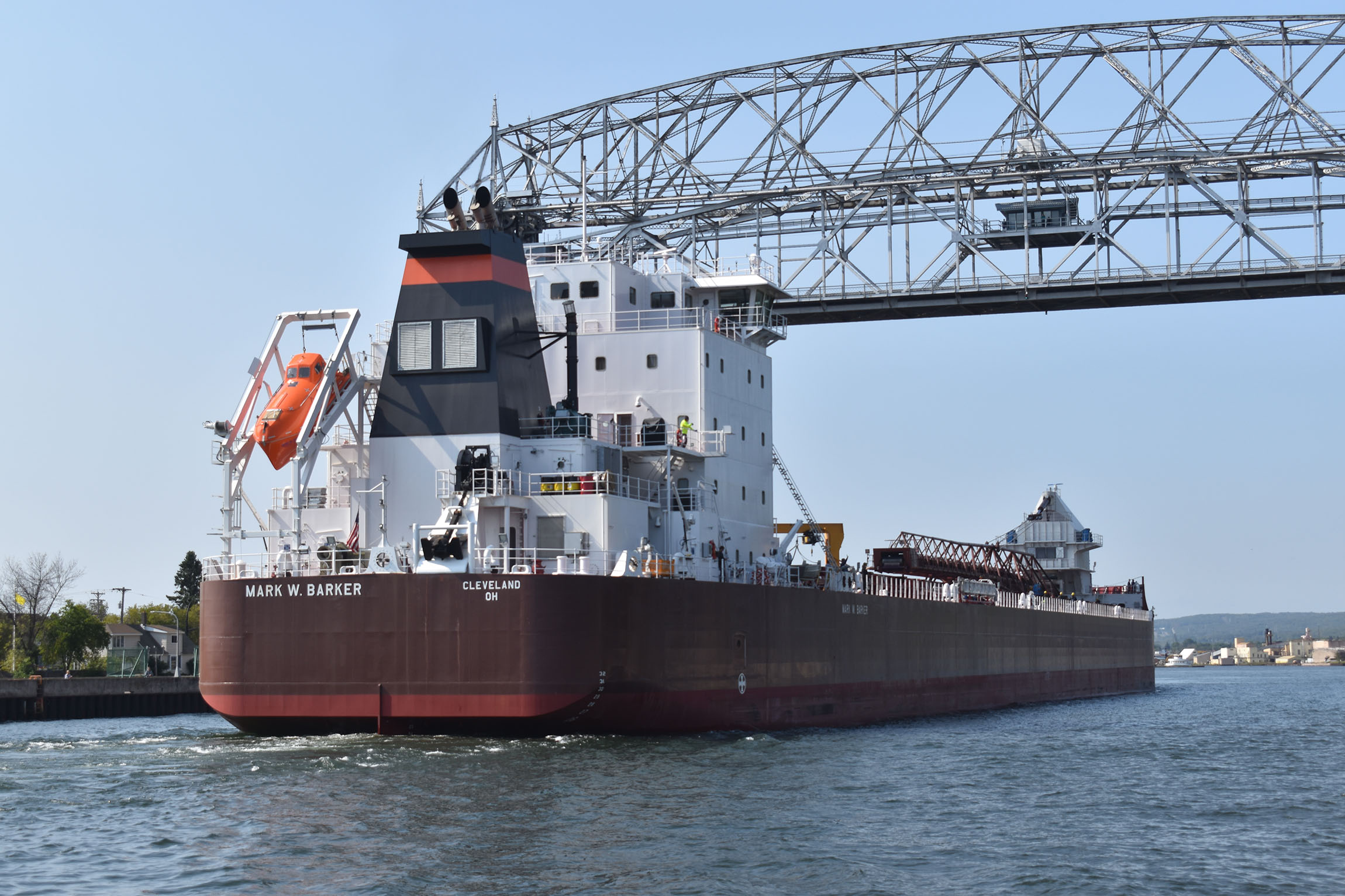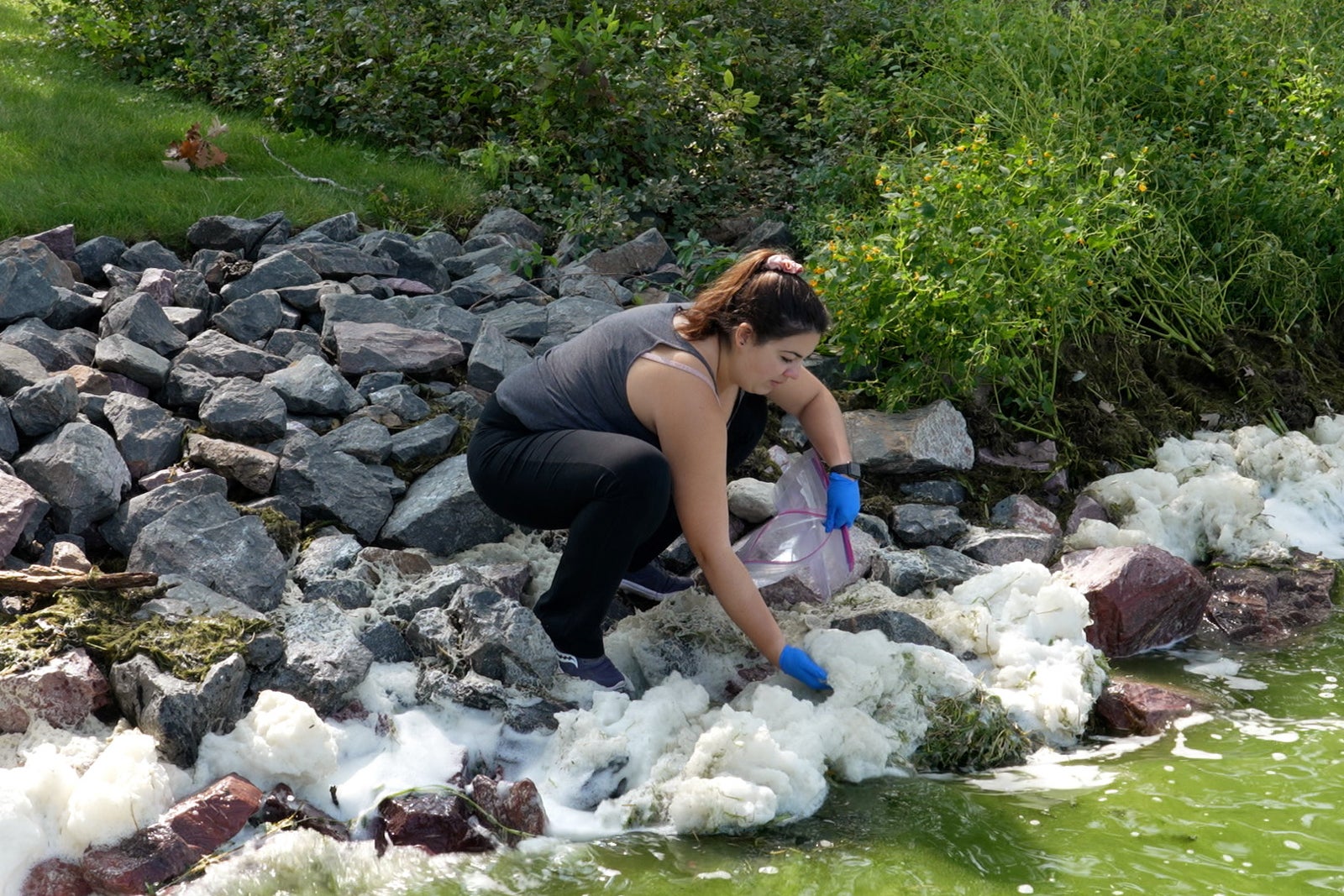A newly published study says current low water levels in lakes Michigan and Superior, along with some inland lakes, might be a break from a pattern.
About 10 years ago, during a drop in water levels, Carl Watras, a state Department of Natural Resources researcher working at a University of Wisconsin site in the northern part of the state, decided to take a closer look at 70 years of data from two small lakes in Vilas County, groundwater, Lake Superior, and the connected lakes Michigan and Huron. Watras said he and his team were surprised to learn the big and small lakes had some key similarities.
“They were increasing and decreasing in water level at roughly a frequency of every 13 years or so, and by about the same amount,” said Watras.
Stay informed on the latest news
Sign up for WPR’s email newsletter.
Watras said the path of a jet stream-like atmospheric pattern called circumglobal teleconnection seems to influence the lake levels, as does the local balance between precipitation and evaporation — a battle that evaporation has won during some recent warmer winters.
In fact, during much of the last 15 years, levels have been down. A rise didn’t start happening a couple years ago — just a little bit last year. Watras said there have been false starts before.
“Only time is going to tell whether this is actually the beginning of a return to the old cycle, or whether it’s another small upward step in an overall decline,” said Watras.
Watras declines to offer policy recommendations, but said it’s the atmospheric patterns that may be causing most of the low levels in Lake Huron, and not dredging where the lake empties near Detroit.
Wisconsin Public Radio, © Copyright 2025, Board of Regents of the University of Wisconsin System and Wisconsin Educational Communications Board.
